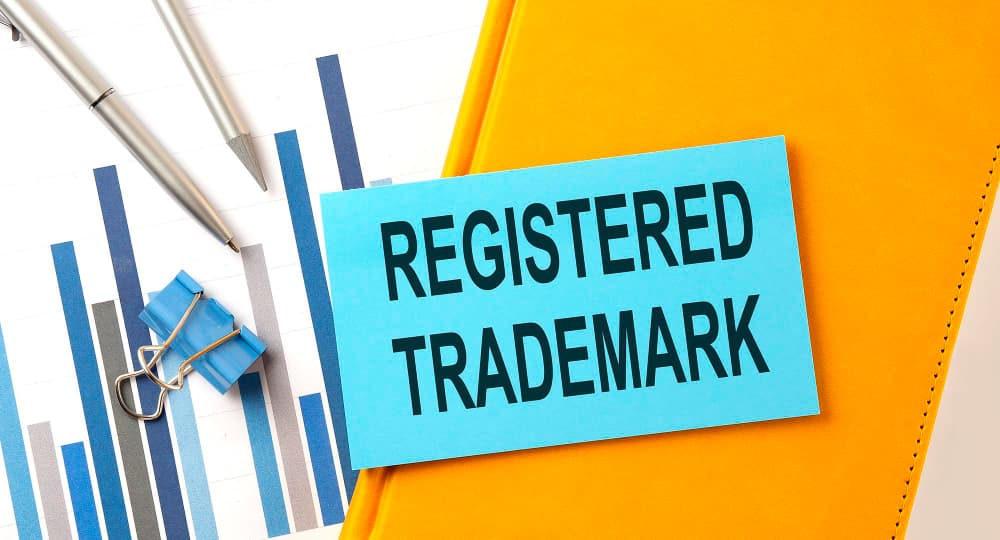
Starting a small business in the UK can be exciting, but protecting your brand is one of the most important steps for long-term success. Every business owner wants their logo, name, or slogan to be safe from copying or misuse. This is where trademark registration becomes essential. A trademark gives your business the legal right to stop others from using your brand identity. Many small businesses often ignore this process, thinking it is too complex, but in reality, it can be done with the right guidance. Before registering, it is also important to complete a proper trademark search in the UK to make sure your brand name or logo is unique and not already taken. In this article, we will explore a step-by-step guide to help small businesses understand and complete trademark registration in the UK.
Why Trademark Registration Matters for Small Businesses
Trademarks are more than just symbols or words; they represent your reputation and the trust your customers place in you. Without legal protection, anyone could copy your brand and cause confusion among customers. For small businesses, this can be damaging because customer trust is often built slowly and carefully. Trademark registration secures your brand and allows you to expand without worrying about competitors misusing your identity. It also adds value to your business if you decide to sell it in the future, as a registered trademark can be considered a valuable asset. Performing a trademark search UK in the early stages prevents legal disputes by ensuring your chosen brand name does not conflict with someone else’s rights. Overall, trademarks safeguard the uniqueness of your products and services, making registration an essential move for long-term growth.
Step One: Conducting a Trademark Search UK
Before filing an application, it is important to conduct a trademark search UK to avoid wasting time and money. This search is done through the UK Intellectual Property Office (UKIPO), which provides an online tool where you can check if a similar or identical trademark already exists. Many businesses skip this step and later find their application rejected, or worse, face legal challenges. A thorough search not only looks at exact matches but also considers similar spellings, pronunciations, and meanings. If your brand name or design is too close to another registered trademark, the application may be denied. Taking the time to research carefully in this stage will help you avoid costly mistakes and give you confidence that your chosen brand is truly unique.
Step Two: Filing the Trademark Registration Application
Once you are confident that your chosen name or logo is available, the next step is to file your application with the UKIPO. The process can be completed online, making it easier for small businesses to handle without expensive legal support. During the application, you will need to clearly describe what goods or services your trademark will represent. These categories are known as “classes,” and it is important to choose the right ones, as your protection will only apply to those areas. You must also provide a clear image or description of the trademark itself, whether it is a word, logo, or slogan. After submission, you will receive confirmation from the UKIPO, and your application will move to the examination stage. Although this step may feel simple, it lays the foundation for your legal protection in the marketplace.
Step Three: Examination and Publication
After filing, the UKIPO will examine your application to make sure it meets the required standards and does not conflict with existing trademarks. This process can take a few weeks, and the examiner may raise objections if your trademark is too descriptive, misleading, or similar to another mark. If there are no major problems, the trademark will be published in the Trade Marks Journal, which is an official publication. The purpose of this publication is to allow others the chance to object if they believe your registration would affect their rights. If no objections are raised within two months, your application moves closer to approval. This stage highlights the importance of performing a trademark search UK before applying, because it reduces the risk of objections and increases the chances of smooth approval.
Step Four: Final Registration and Legal Protection
If your trademark passes the examination and no valid objections are made during publication, it will be officially registered. You will then receive a certificate of registration from the UKIPO, proving your legal rights over the trademark. This protection lasts for ten years and can be renewed indefinitely as long as you continue to use it. Once registered, you have the right to take legal action against anyone who uses your brand without permission. This prevents competitors from copying your name, logo, or slogan, giving you peace of mind to grow your business. For small businesses, this is a significant achievement, as it ensures your hard work in building a reputation is fully protected. Trademark registration also boosts your credibility with customers, investors, and business partners, making it an important milestone in your business journey.
Conclusion
Protecting your brand should never be an afterthought, especially for small businesses looking to grow in competitive markets. By following a clear step-by-step guide, you can secure your brand identity through trademark registration in the UK. Starting with a detailed trademark search UK, you can avoid conflicts and ensure your brand is unique. From filing the application to final approval, each step builds towards protecting your business reputation. Once registered, your trademark becomes a powerful tool, allowing you to stop others from misusing your brand and giving your business a stronger foundation for growth. For small businesses, taking the time to register a trademark is not just about legal protection but also about securing a future filled with opportunities and success.
